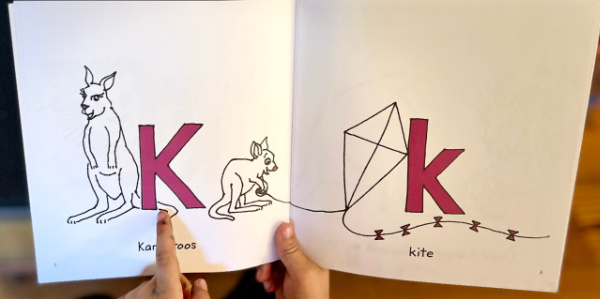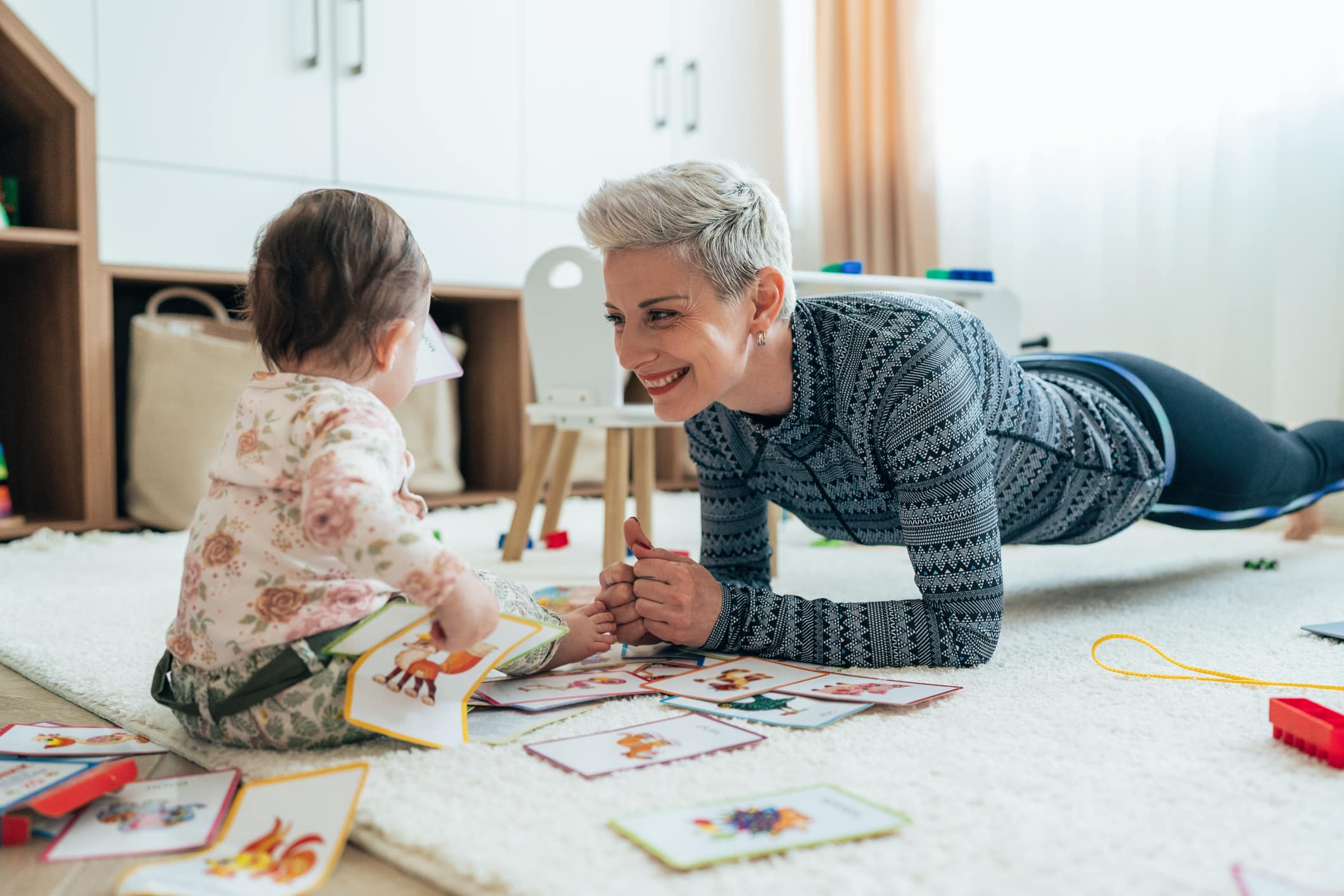Teaching Reading With BOB Books
by Meredith Bartolo Pappas
BOB Books are more than just books; they are an entire program made up of multiple book collections and learning tools used to teach reading skills to children as young as age two. They come in sets for different reading levels, from “pre-reader” to “developing reader.” As reading skills progress, so do the BOB Book sets, with the end goal of reading fluently. They can be used alongside the workbooks, printables, and other reading activities on the BOB Books website.
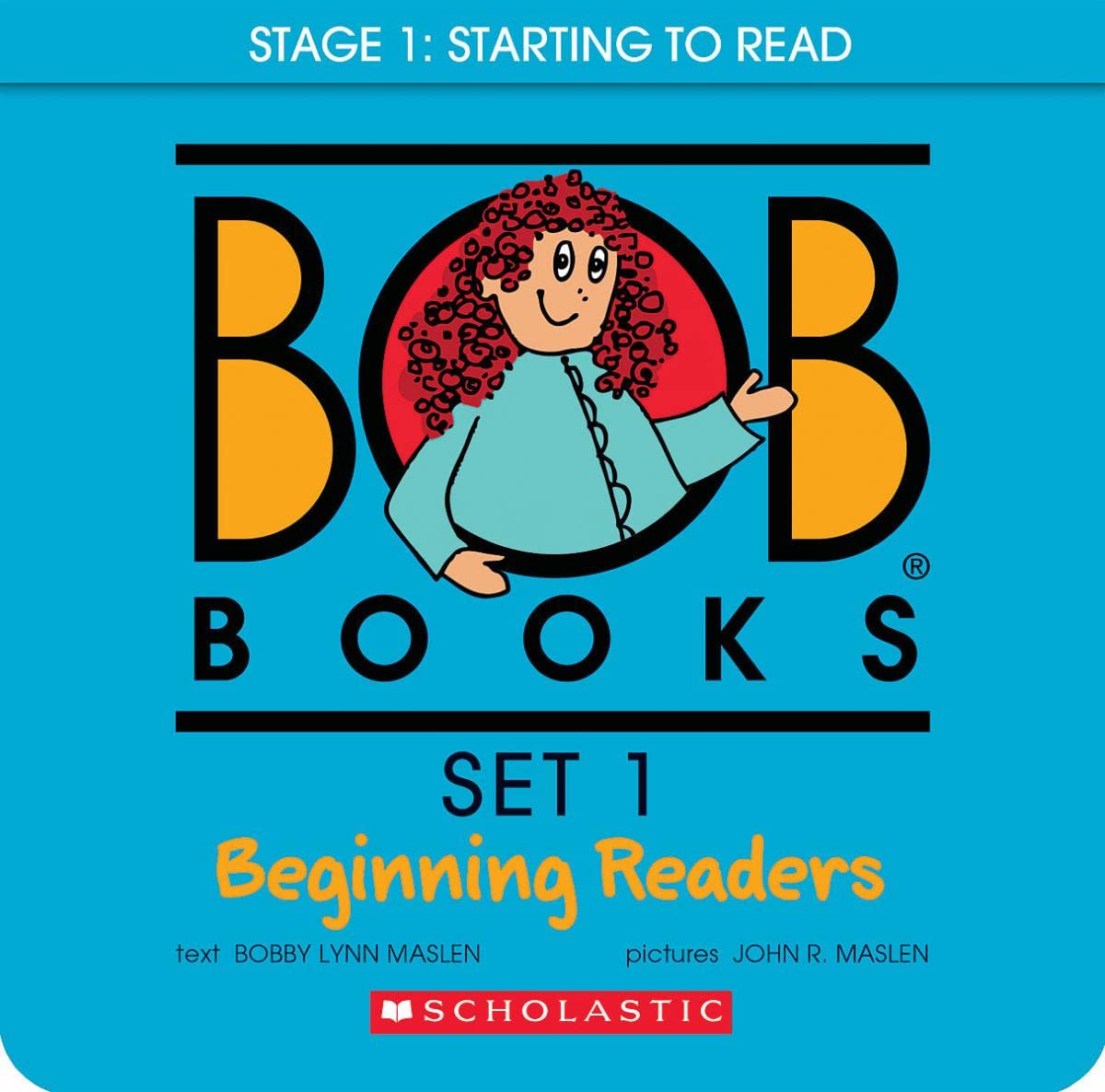
How To Use BOB Books
Follow The Levels
Going in order will allow children to build the skill sets needed to effectively learn how to read. Here is a basic overview of the sets in each stage:
Pre-Reading Skills and Reading Readiness
These book sets teach letter recognition and letter sounds. Learning these skills are crucial for reading and sounding out words, so it is important that this is the first step. These books are simple in design and language, and can be used with any age group.
Stage 1: Starting To Read
Once your child has mastered readiness skills, they can begin to practice blending sounds by sounding out simple words. These sets give opportunities for sounding out words and will reinforce letter sounds needed for blending. The simple stories are also education-minded, with topics like shapes and basic patterns.
Stage 2: Emerging Readers
These book sets are for “advancing beginners” who have a grasp on sounding out words but are still putting all their new skills together. They also have sets that include sight words for kindergarteners and first graders, which are words that are memorized and identified on sight instead of by sound. The sentences and stories are longer and a bit more advanced.
Stage 3: Developing Readers
Reading becomes more complex in these sets as they introduce new rules and ideas around reading while building on fluency and reading cognition. These sets include more advanced vocabulary, longer stories, and different sound patterns, like long vowels. By the end of this stage, the goal is for your child to be fluently reading
Before the first step
If starting these books before kindergarten or preschool age, it’s important to assess if your toddler or young child actually shows a true interest and inclination for learning how to read on their own. Otherwise, they may become frustrated and dislike reading, or become bored with reading altogether. Though it may seem like a great idea to get a head start on reading, it can actually be a detriment to start before they are developmentally ready, so being aware of your child’s natural skill sets and interest level is an important first step.
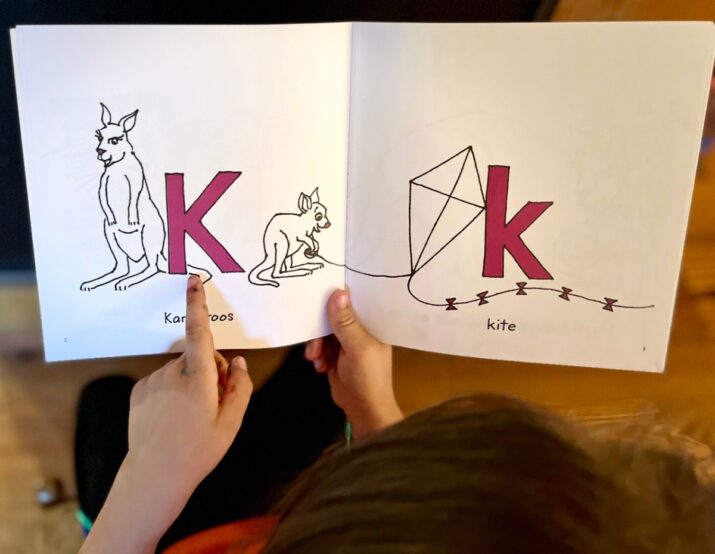
Cons of Using BOB Books:
1. Academic-Based Learning
Teaching reading is rooted in a fairly complex science and can be overwhelming at times, especially if you have never done it before or if your child is struggling. It’s important to take your child’s learning style and abilities into account before starting this program because not everyone learns in the same way. If you want to use BOB Books and supplies exclusively, you will need to know if your child learns best through academic-based models and rote memorization. If they don’t, these might be better as supplemental tools in addition to other child-centered methods. If your child is already struggling, or you notice that they are having a hard time learning with these books, you can always talk to a reading tutor or a local learning center to get a further assessment and to figure out how they learn best. If your child is also learning to read at school, and you are using BOB Books at home, you might want to check in with their teacher to make sure that sight words are being taught in the classroom as many reading teachers are doing away with that practice.
2. The Hints and Tips Can Be Confusing
Though it is great to have extra tips of the trade when teaching reading, some of the hints in these books can be a bit confusing. For example, in the “W” book, it instructs adults to help sound out the “W” sound by saying “WUH.” While it is so common to exaggerate a letter sound this way, it can be misguided. A “W” sound does not actually include an “UH” sound in it, and it could be teaching a child to add extra letter sounds where only a single sound belongs. This is where the science of reading can become a bit complex, especially for children who are struggling with blending sounds. For adults who are less experienced with teaching reading skills, hints like this can possibly be misleading and cause more confusion for a new reader down the line.
3. Artwork
At best, the artwork in all of the BOB Books is bland and uninteresting, which is arguably less distracting when learning to read. At worst, there is a problematic-looking character named Sam that some educators and parents have called out online and in the reading specialist community. You can see Sam on Amazon using the “Look Inside” feature and see what you think.
4. The Amount of Books And Supplies
When you start looking into each stage of BOB Books, it can feel a bit daunting. Even though it is laid out pretty clearly on their website, there are a lot of book sets and workbooks that it seems like you might need as you go through this program. You can pick and choose which sets you think are most valuable (and/or forgo the workbooks) but deciding what you want to use from their enormous selection may feel a bit overwhelming when you are starting out.
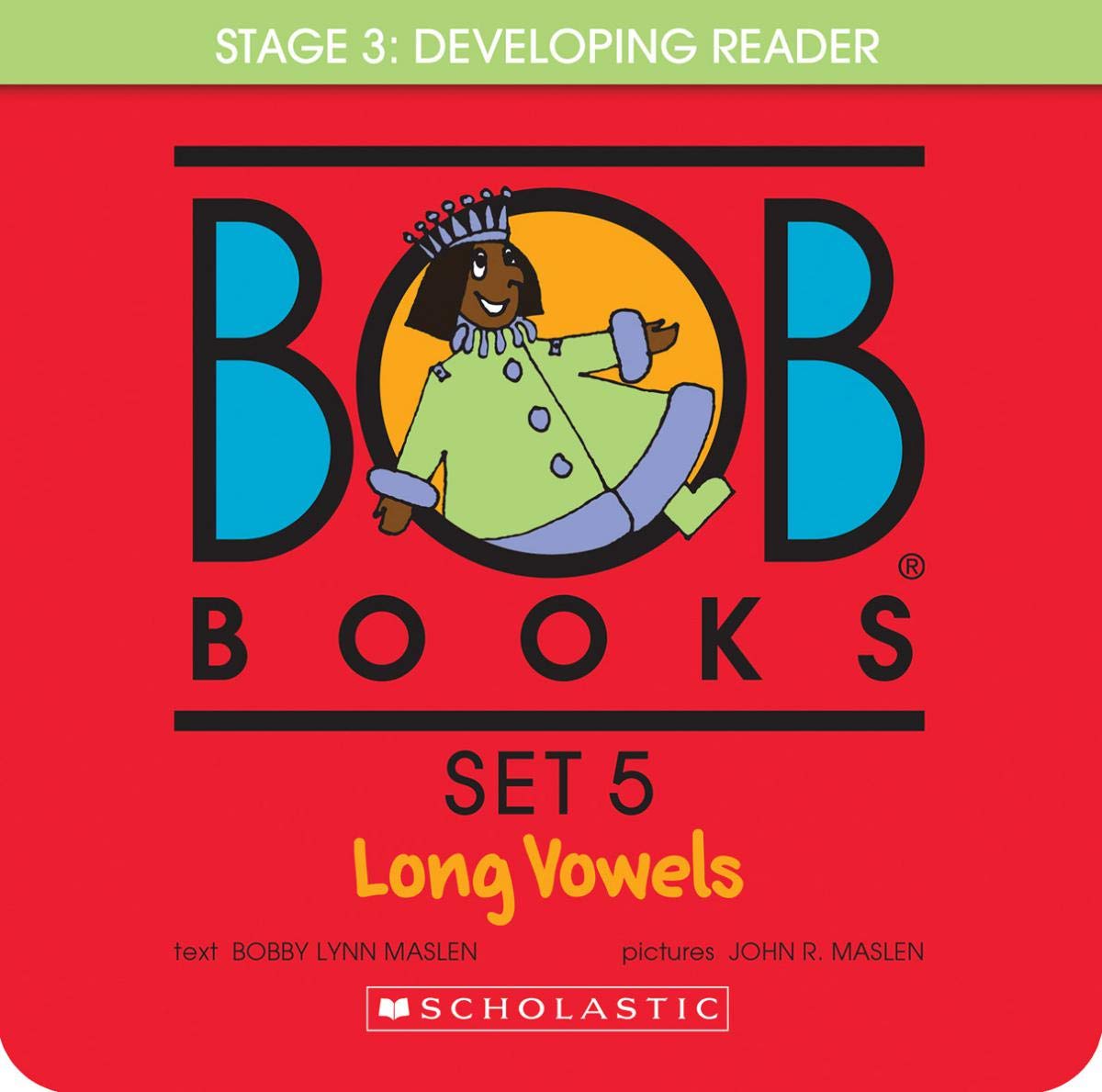
Pros Of Using Bob Books
1. Gradual Progression
The measured changes from one book set to the next really helps to build strong foundational skills with each step. Learning to read in this way creates fluency, which is the ultimate goal, and gives children many opportunities to have successful reading experiences and build their confidence. You can go at a gradual pace with each set to make sure that your child has gotten down each targeted skill set so that they can expand upon it as they move through the stages.
Easy To Understand System: Many beginning reading books are assigned a level, but the level systems can be confusing and even seem inaccurate or arbitrary. Different sets have numbered or letter-based levels, and it can be hard to keep it all straight. BOB books have clear stages that are meant to be read in order so that children can learn true reading skills and build on that foundation.
2. Online Learning
BOB Books has a comprehensive website that can really help you teach your child to read and can be used with each stage of their books. It includes printables, activities, games, and links to their app so that you can make learning more fun and easier for you and your child. You can buy all of the books and BOB workbooks in bundles for a discount on their site.
3. Often Effective
BOB Books are well-known for being effective ways to teach children to read. They are a tried-and-true system with many parents, teachers, and caregivers singing their praises. Since the sets are so organized and have corresponding workbooks and other online support, it can be a “one-stop-shop” for many families and teachers.
Overall, BOB Books are a genuinely popular system to help get young children reading. With all the supplemental activists, printables, workbooks, and online support, they really are a whole reading curriculum onto themselves. Even if you don’t use them exclusively, or if you only use the Reading Readiness alphabet set, or just use a few select books to help assess the reading skills or interest-level of your child or students, BOB Books may be worth a look.
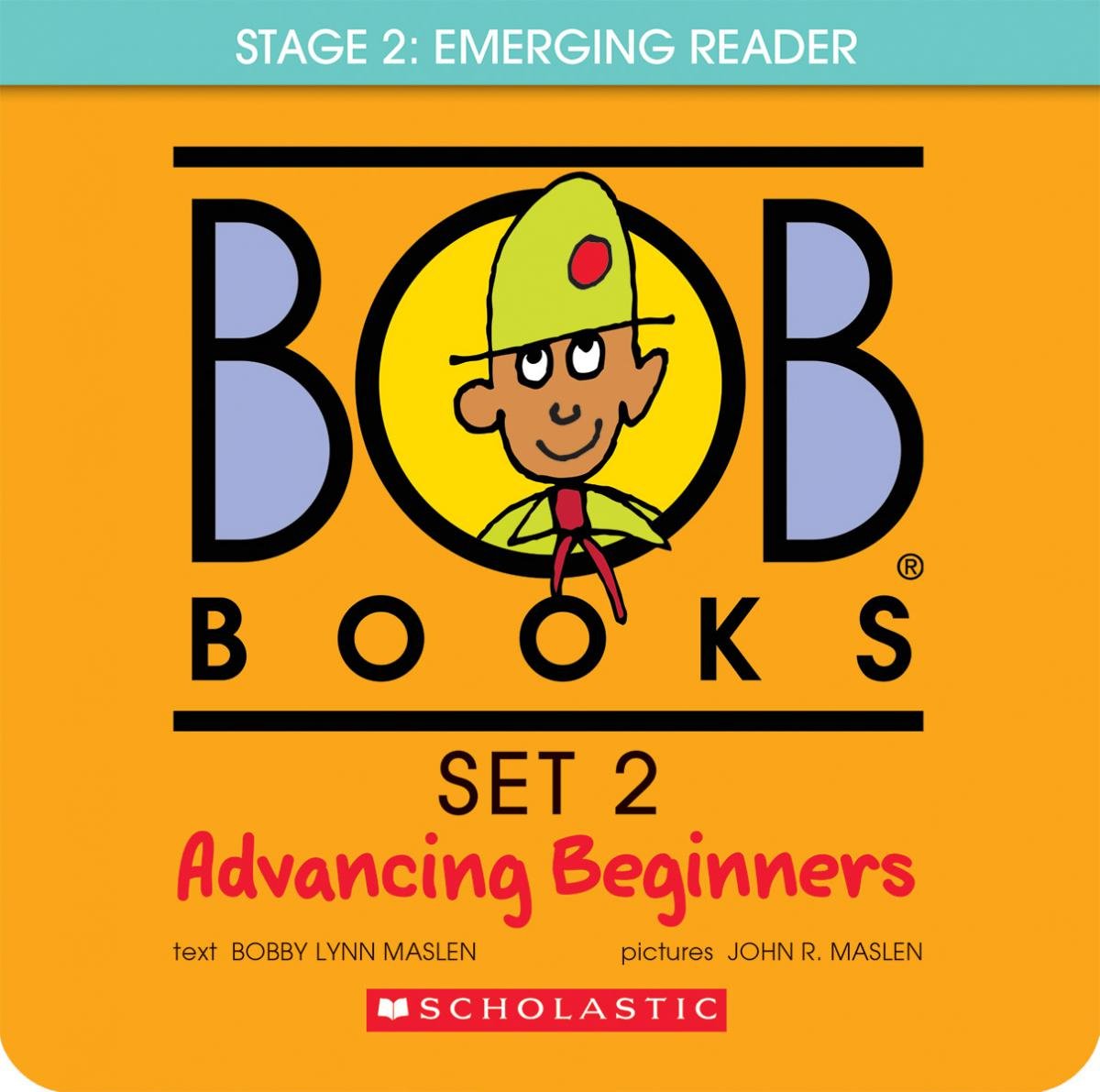
About Meredith Bartolo Pappas
Meredith is a licensed teacher with almost twenty years of experience in education. Her specialties are holistic learning, early literacy, and social-emotional development. She is also a reading specialist, artist, and mom of two. She loves all things bookish, magical, and cozy. Find her at Sharing Circle Education sharingcircleeducation.com and on Instagram @sharingcircleeducation.
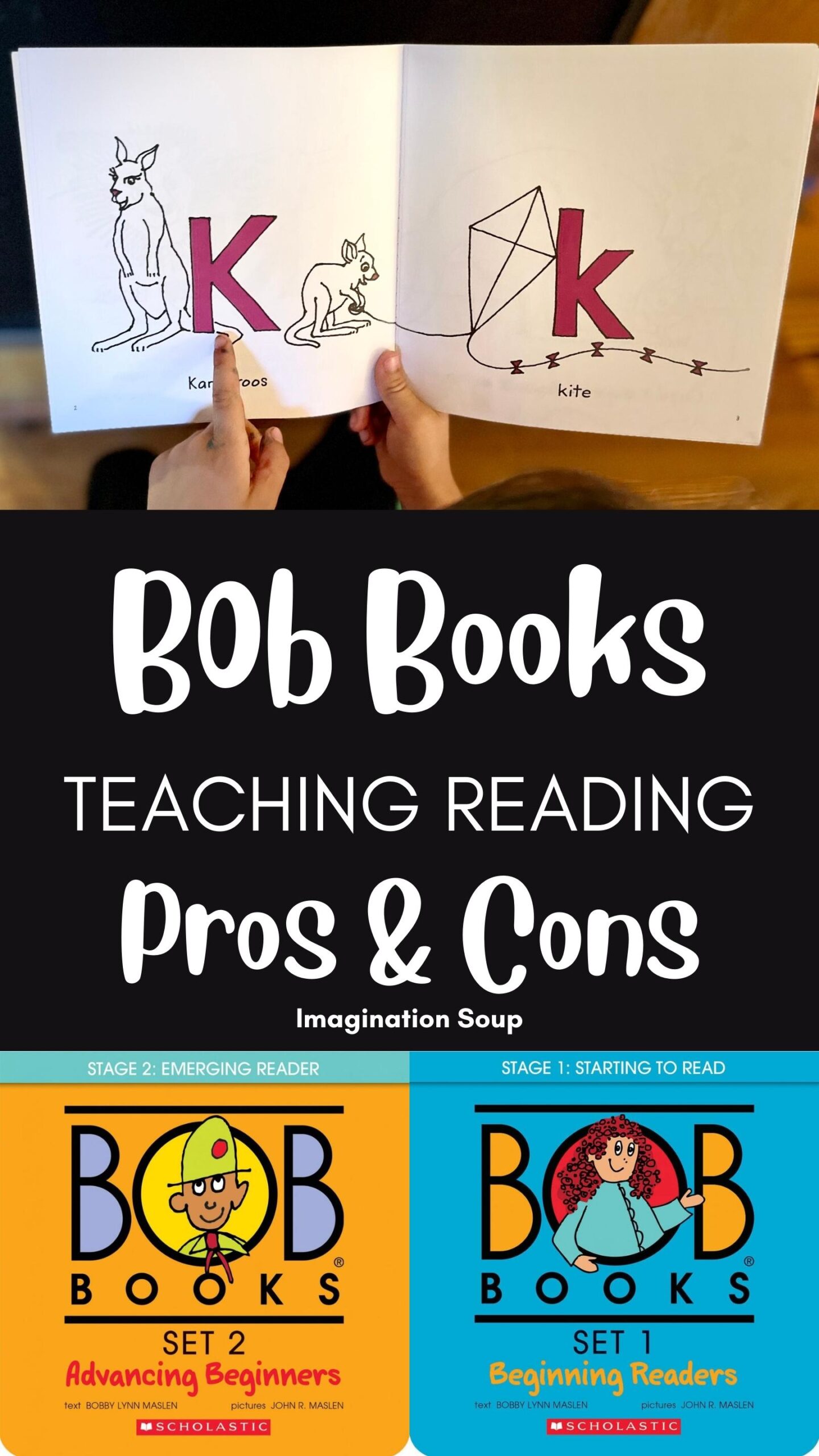
KEEP READING
Tie in You Favorite Books with Pretend Play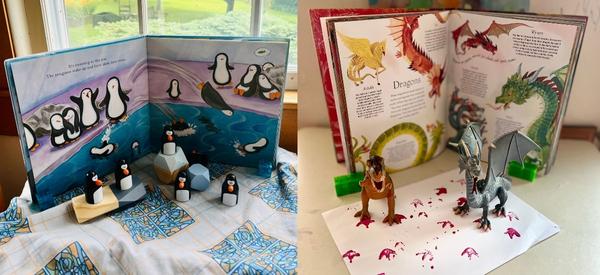
Elephant and Piggie are Great for Beginning Readers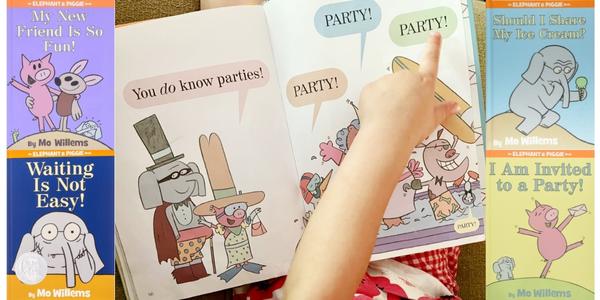
Picture Books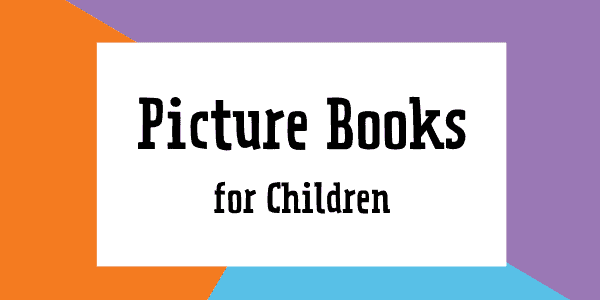

 PARENTING TIPS
PARENTING TIPS PREGNANCY
PREGNANCY BABY CARE
BABY CARE TODDLERS
TODDLERS TEENS
TEENS HEALTH CARE
HEALTH CARE ACTIVITIES & CRAFTS
ACTIVITIES & CRAFTS